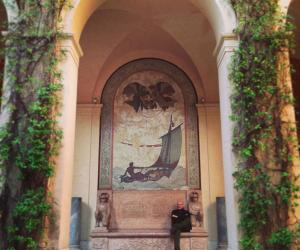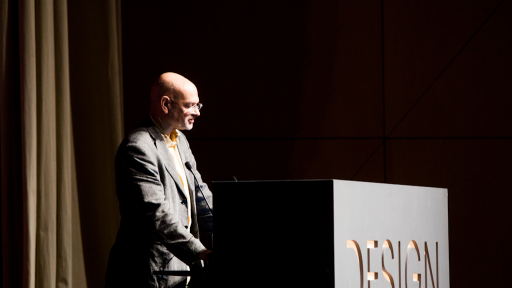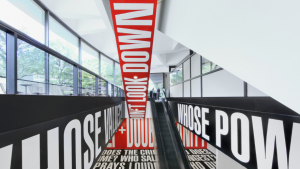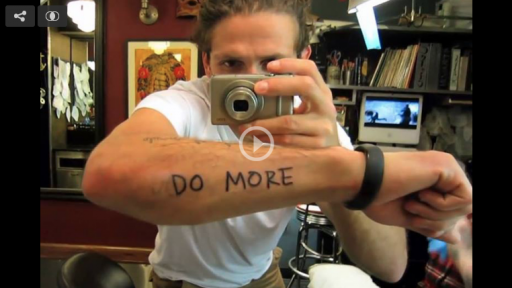At Design Indaba Conference 2013, renowned graphic designer and writer Steven Heller spoke about his addiction to visual design and how it became a calling. He believes that graphic design has evolved into a multidisciplinary area where typography is a language that everyone speaks and understands. "It's fusing into other media," he says. Heller considers typographic styles to be indicators of certain types of cultures, and tracing the timelines is endlessly fascinating for him.
Graphic design to the average person is that thing that they pass every day, and they'll acknowledge the thing it's saying but they won't acknowledge the form that it's said in. That's what graphic design is supposed to be, says Heller.
In our interview with him during Design Indaba, Heller tells us about his Iron Fists project, which reveals how graphic design can manipulate people on a grand scale. Democracy and totalitarian regimes are examples of these, but specifically, Heller says, “it’s about how the Nazis, Italians and communists managed to get into our heads with these paper bullets”.
Relating to this premise, Heller explores what he calls the "most horrific and enigmatic mark" in The Swastika: A Symbol Beyond Redemption? This book is Heller’s exploration into the complex narrative of the symbol. He discusses the swastika's long and benign [pre-Nazi] history, and questions the symbol’s ability to reclaim its original form.
Part of Heller's work has led to an obsession with collecting, which his presentation at Design Indaba elaborates on. "I collect to fulfil some neurotic obsession to be sure, but like many collectors there must be some loftier rationale. My reason for collecting is to make books, articles and exhibitions," he explains.
Crucial to his work is that his audience is not supposed to be designers alone, but a much larger one. This is something, Heller says, that is wonderful about Design Indaba: an experience that is orchestrated to give us a breath of knowledge and understanding.












